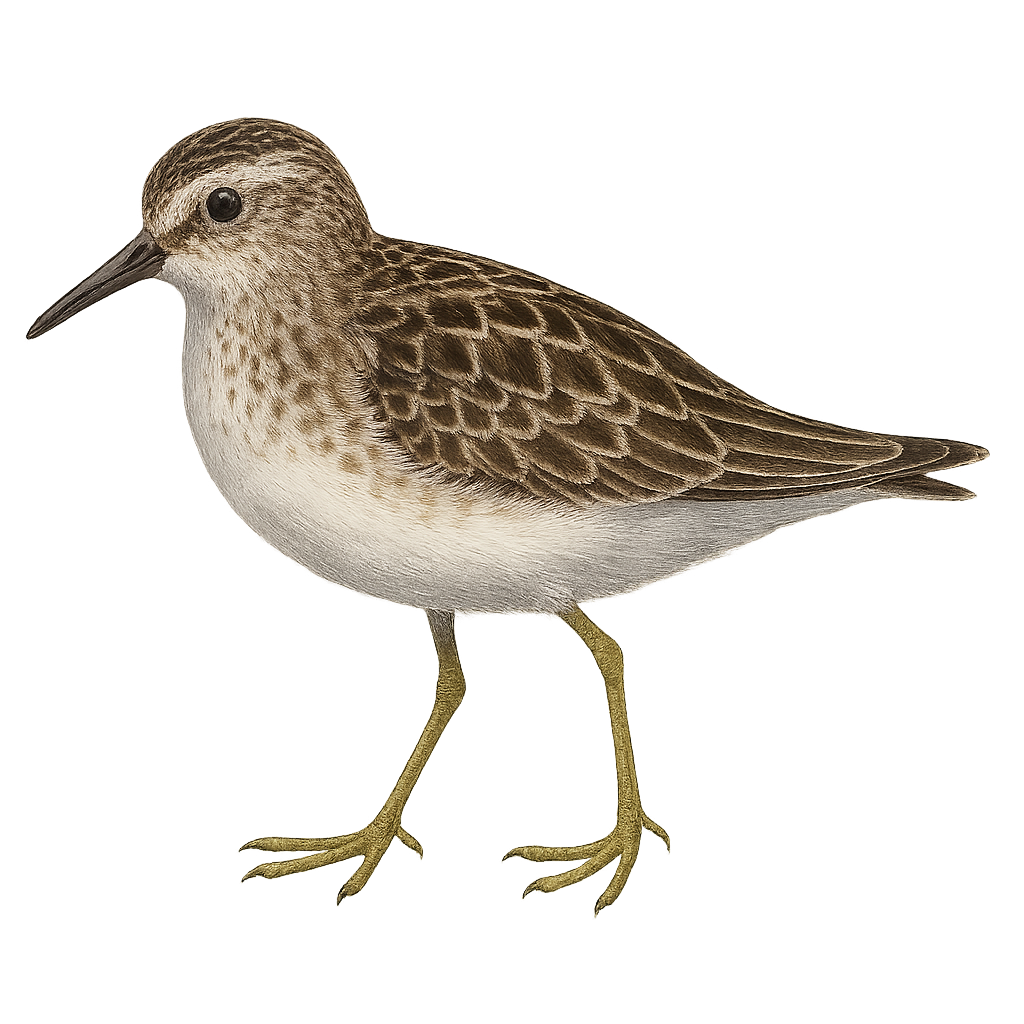Your wildlife photography guide.
Explore the broad-billed sandpiper in detail, study its behavior, prepare your shots.
Where to observe and photograph the broad-billed sandpiper in the wild
Learn where and when to spot the broad-billed sandpiper in the wild, how to identify the species based on distinctive features, and what natural environments it inhabits. The WildlifePhotographer app offers tailored photography tips that reflect the broad-billed sandpiper’s behavior, helping you capture better wildlife images. Explore the full species profile for key information including description, habitat, active periods, and approach techniques.
Broad-billed Sandpiper
Scientific name: Calidris falcinellus

IUCN Status: Least Concern
Family: SCOLPACIDAE
Group: Birds
Sensitivity to human approach: Suspicious
Minimum approach distance: 10 m
Courtship display: June to July
Incubation: 20-22 jours
Hatchings: June to August
Habitat:
Marshes, mudflats, muddy shores
Activity period :
Primarily active during the day, with peak activity in the morning and late afternoon.
Identification and description:
The Broad-billed Sandpiper, Calidris falcinellus, is a small wader bird belonging to the Scolopacidae family. It is identifiable by its slightly down-curved bill and brownish plumage with lighter patterns on the belly. During the breeding season, it displays more vibrant colors with black streaks on the back. This migratory bird breeds in the Arctic regions of Scandinavia and Russia and migrates to the wetlands of Africa, South Asia, and Australia for winter. It primarily inhabits marshes, mudflats, and muddy shores where it feeds on small invertebrates. Its ability to travel long distances makes it a remarkable voyager.
Recommended lens:
400 mm – adjust based on distance, desired framing (portrait or habitat), and approach conditions.
Photography tips:
To photograph the Broad-billed Sandpiper, it is advisable to use a telephoto lens of at least 400mm to capture detailed images without disturbing the bird. Look for wetlands where it is likely to feed, such as marshes and mudflats. Be patient and discreet, hiding behind natural covers or using a hide. Take advantage of the early morning or late afternoon hours to benefit from soft light and increased bird activity.
The WildlifePhotographer App is coming soon!
Be the first to explore the best nature spots, track rutting seasons, log your observations, and observe more wildlife.
Already 1 427 wildlife lovers subscribed worldwide

